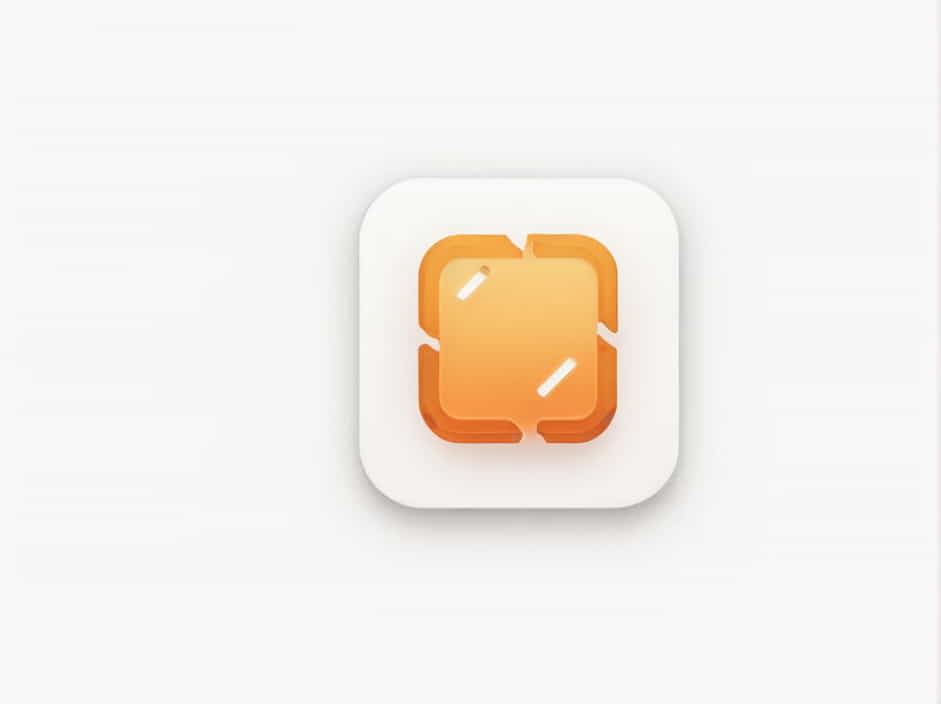In the digital world, data is measured in units like nibble, byte, kilobyte, megabyte, and gigabyte. These terms describe different storage capacities and data transfer sizes in computers, smartphones, and other digital devices. Understanding them is essential for anyone using technology, whether for work, gaming, or general knowledge.
In this topic, we’ll break down each unit, explain how they relate to one another, and provide examples to help you understand their real-world applications.
What is a Nibble?
A nibble is the smallest unit of data measurement commonly used in computing. It consists of 4 bits. Since a bit (binary digit) is the smallest unit of data in a computer, a nibble is just a small collection of bits.
How a Nibble Works
-
1 bit = a single 0 or 1 (binary digit)
-
1 nibble = 4 bits
-
1 byte = 2 nibbles
Nibbles are mostly used in low-level programming and hardware design, where small data structures like hexadecimal values need to be represented efficiently.
What is a Byte?
A byte is one of the most fundamental units of data in computing. It consists of 8 bits and is the basic unit for representing characters in text.
Importance of Bytes
-
A single character, like "A" or "B", is typically stored as 1 byte.
-
Computers use bytes to store data in memory and process information.
-
Most storage capacities (kilobytes, megabytes, etc.) are based on multiples of bytes.
Conversion
-
1 byte = 8 bits
-
1 byte = 2 nibbles
For example, the word "Hello" is made up of 5 characters, which means it takes approximately 5 bytes of storage.
What is a Kilobyte (KB)?
A kilobyte (KB) is the next unit of data measurement, consisting of 1,024 bytes.
Understanding Kilobytes
Even though "kilo" typically means 1,000, in computing, a kilobyte is actually 1,024 bytes due to the binary system computers use.
Examples of Kilobyte Usage
-
A short text document (without images) is usually a few KB in size.
-
A simple website page may require around 100 KB of data to load.
-
Small image files, like icons or thumbnails, are often measured in KB.
Conversion
-
1 KB = 1,024 bytes
-
1 KB = 8,192 bits
What is a Megabyte (MB)?
A megabyte (MB) is a larger unit of data storage, containing 1,024 KB or 1,048,576 bytes.
Common Uses of Megabytes
-
A typical MP3 song is around 3-5 MB.
-
High-resolution JPEG images range from 2-10 MB.
-
A short video clip (low resolution) might be 10-50 MB.
-
The installation file of a simple mobile app may be around 20-50 MB.
Conversion
-
1 MB = 1,024 KB
-
1 MB = 1,048,576 bytes
-
1 MB = 8,388,608 bits
If you download a file that is 5 MB, it means you are transferring over 5 million bytes of data.
What is a Gigabyte (GB)?
A gigabyte (GB) is a much larger unit of measurement, equal to 1,024 MB or 1,073,741,824 bytes.
Everyday Uses of Gigabytes
-
A full HD movie can be anywhere from 1 GB to 4 GB in size.
-
A standard mobile game like PUBG or Call of Duty Mobile is around 2-5 GB.
-
An average smartphone has 64 GB to 256 GB of internal storage.
-
A basic USB flash drive typically starts at 8 GB or 16 GB.
Conversion
-
1 GB = 1,024 MB
-
1 GB = 1,073,741,824 bytes
-
1 GB = 8,589,934,592 bits
If you have a 10 GB internet data plan, you can stream approximately 10 hours of HD video before your data runs out.
Comparison Chart: Nibble, Byte, KB, MB, and GB
| Unit | Equivalent Value |
|---|---|
| 1 bit | Smallest unit of data (0 or 1) |
| 1 nibble | 4 bits |
| 1 byte | 8 bits (or 2 nibbles) |
| 1 KB (Kilobyte) | 1,024 bytes |
| 1 MB (Megabyte) | 1,024 KB (or 1,048,576 bytes) |
| 1 GB (Gigabyte) | 1,024 MB (or 1,073,741,824 bytes) |
This table helps visualize how data sizes scale up from tiny bits to gigabytes.
Real-World Examples of Data Sizes
To put these data units into perspective, here are some real-world comparisons:
✔ 1 KB – A short email without attachments.
✔ 1 MB – A single high-quality photo or a short song.
✔ 1 GB – An entire movie or 500 high-resolution photos.
✔ 10 GB – A large video game or 10 hours of HD streaming.
Why Understanding Data Units is Important
1. Storage Management
Knowing the difference between KB, MB, and GB helps you manage your device storage better. You can decide whether you need more storage for apps, videos, or photos.
2. Faster Downloads and Transfers
Understanding file sizes helps when downloading or transferring files. A large GB-sized file will take much longer to download compared to an MB-sized one.
3. Choosing the Right Data Plan
When selecting an internet plan, understanding GB usage can help you decide how much data you actually need each month.
4. Avoiding Overuse of Mobile Data
Streaming a high-quality YouTube video can consume up to 1 GB per hour. Knowing this can help you conserve mobile data and prevent unexpected charges.
Understanding nibble, byte, kilobyte, megabyte, and gigabyte is essential in today’s digital age. These units define how much data we store, transfer, and consume daily.
-
Nibbles and bytes are the smallest units, mainly used in computing systems.
-
Kilobytes and megabytes are used for documents, images, and small files.
-
Gigabytes are necessary for videos, software, and large storage devices.
By knowing how data is measured, you can make better decisions about storage, internet usage, and digital content.
